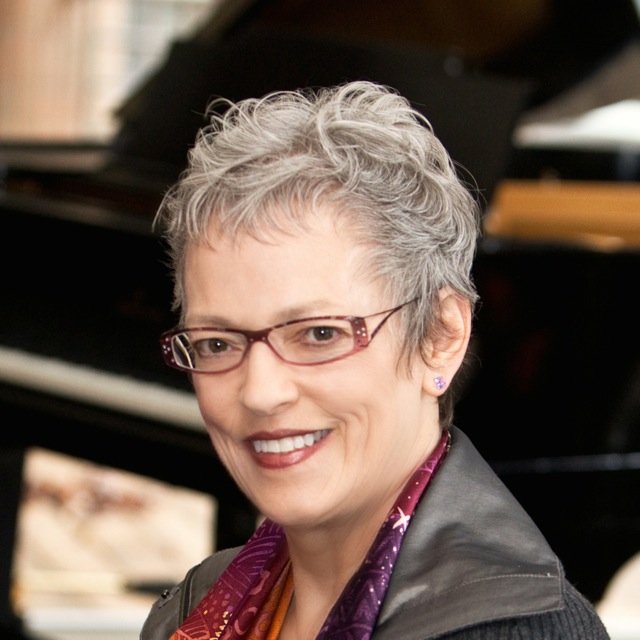cindy mctee
"M" MUSIC
computer music on CD
1992
15 minutes
I. Tex-Mix
II. Filigree
III. Orange Blossom
IV. Baroque Bypass
V. Dry Ice
VI. Filigree
VI. Night Song
Completed in 1992 and recorded on Centaur Compact Discs, "M" Music consists of seven short movements realized at the computer music studios of the Academy of Music in Krakow, Poland, as well as the Center for Experimental Music and Intermedia at the University of North Texas. Former University of North Texas faculty member, Debra Richtmeyer is featured on alto saxophone in the first and last movements.
The computer instruments employed include three Yamaha TX81Z tone modules, a Yamaha DX7 synthesizer, a Proteus tone module, a Boss SE-50 stereo effects processor, and a Macintosh IIci running Performer and M.
"M" Music was heard at the Annual Conference of the Society for Electro-Acoustic Music in the United States (SEAMUS) in 1993, and at the Bourges 24th International Festival of Electroacoustic Music in 1994.
Several of the movements in "M" Music were created with a program entitled M, one of the first algorithmic applications developed for both composition and performance. It was written by David Zicarelli, John Offenhartz, Antony Widoff, and Joel Chadabe, and first published by Intelligent Music in 1987. In the 1980s, M ran on four different computer platforms (Mac, Windows, Atari, and Amiga). Re-written in 1997, it can be purchased from www.cycling74.com, web site of David Zicarelli who continues to upgrade the Mac version.
Of the many unique and useful features included in M, I was perhaps most intrigued by a performance system which allows the user to "conduct" by dragging the mouse within a grid to control several variables simultaneously. Among the most interesting variables is the one which specifies note density using sliders to change probability settings: a sequence of pre-determined notes passes through a note density "filter" which decides what percentage of notes will be heard and what percentage will remain silent, thereby creating rhythm through omission.
All of the sounds heard were created "from scratch" using a variety of FM synthesis techniques including fixed frequency modulation whereby the output of one or more modulating operators (oscillators) is fixed to produce the same frequency regardless of note number, resulting in a different (but related) timber for each note. Mapped to a keyboard, for example, the composer is given instant access to a large family of sounds on an instrument normally capable of producing but one timber at a time (as was the case with the DX7). I also favored irregular carrier to modulator ratios, generating the non-harmonic spectra typical of metallic sounds and first introduced to me (and countless others) in the 1980's by John Chowning.
Cindy McTee's "M" Music . . . is direct and fairly light, but has [an] . . . easily graspable focus: you are never scratching your head in puzzlement over some intrusive effect, or, more essentially, over the character and substance of the piece itself. The seven-movement work is also quite varied from one section to the next, featuring unexpected contrasts and much thematic and harmonic freshness. Even the Bach-borrowing in Baroque Bypass (no.4, track 5) is a cleverly conceived pastiche. Night Song (no. 7), perhaps the highlight of the work, is haunting in its otherworldly saxophone theme and chime-like harmonies.
Robert Cummings
Computer Music Journal
